New opening / Algarve
Going with the territory
Casas da Quinta de Cima shows guests another side to the Algarve, one of tradition and tranquillity. Monocle takes a tour.
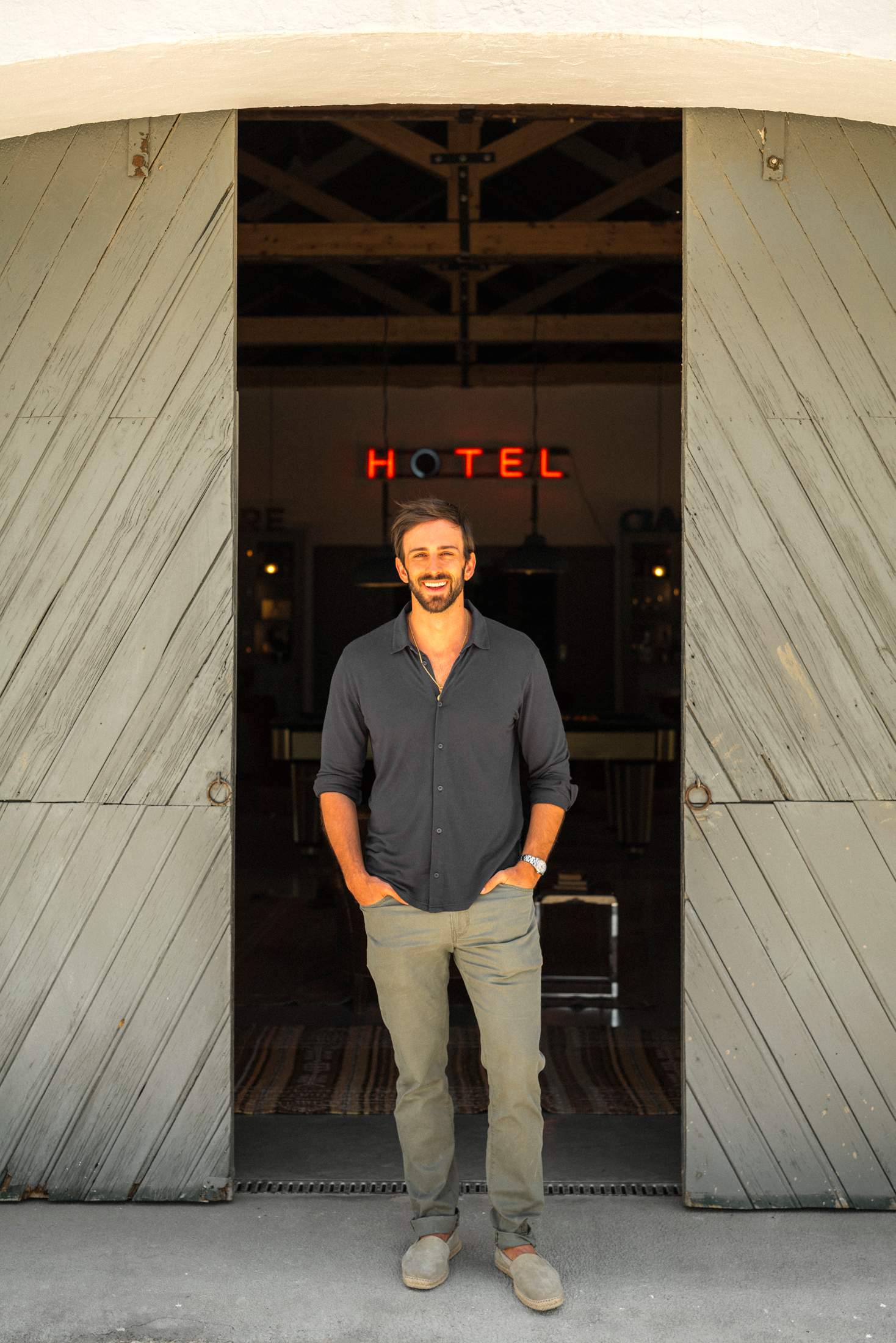
The sun-kissed sandier fringes of the Algarve are a summer success story but the Portuguese region has peaceful patches too. The latest property to provide such sanctuary is Casas da Quinta de Cima, near the Spanish border in the town of Vila Nova de Cacela.
Set back from the sea within the confines of a 50-hectare farm, the country hotel was where owner José Maria Brion, a Portuguese actor, spent his summer holidays as a child. Today the estate, which has been in his family since 1925, is bearded with rugged citrus groves and trees growing avocado and carob. “It’s still a working farm so you’ll have fresh orange juice and homemade granola for breakfast,” says Brion as he takes Monocle on a tour of the grounds.
Opened in early 2024, the hotel is centred on a courtyard lined by whitewashed cottages that were once the living quarters of farmhands. With architect João Pedro Falcão de Campos, the aim was to preserve the original character of the buildings, which formed the core of a once important agricultural firm that produced cereals and other crops. “We wanted to share this experience of a forgotten Algarve, which most people don’t see today, one focused on the land, not the sea,” says Brion, squinting in the sun. “For us, it was important to keep things local, not only with the architecture but also the materials we used in the remodelling.”
Nine guestrooms have ceilings lined with traditional strips of cane once commonly used for insulation, while bathrooms are adorned in a brownish marble known as Breccia Tavira, sourced from the area. Large suites feature an enclosed patio off the bedroom, with a private outdoor shower to wash away the sand from the beach, which is a few hundred metres away, past the property’s numerous lemon trees.
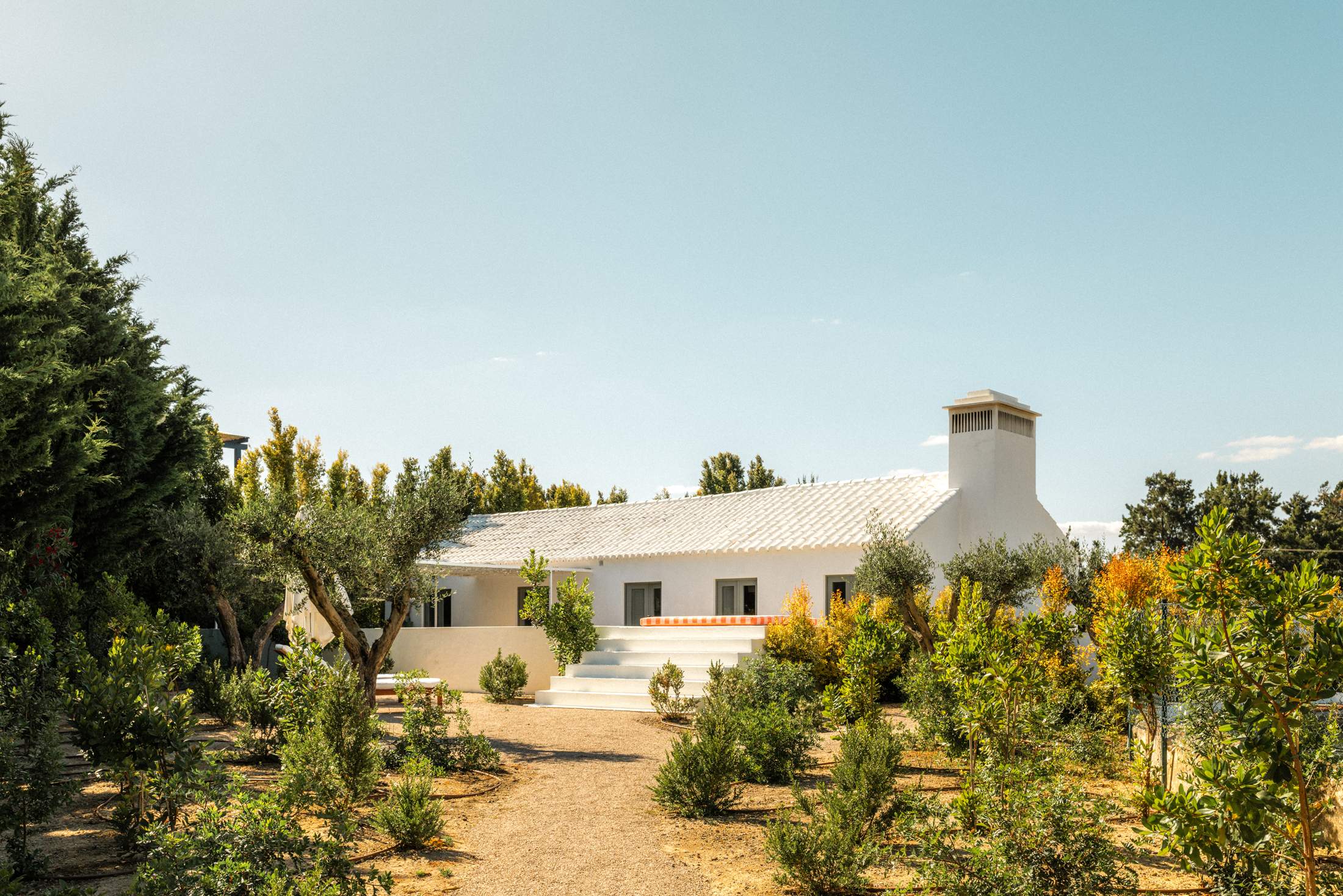
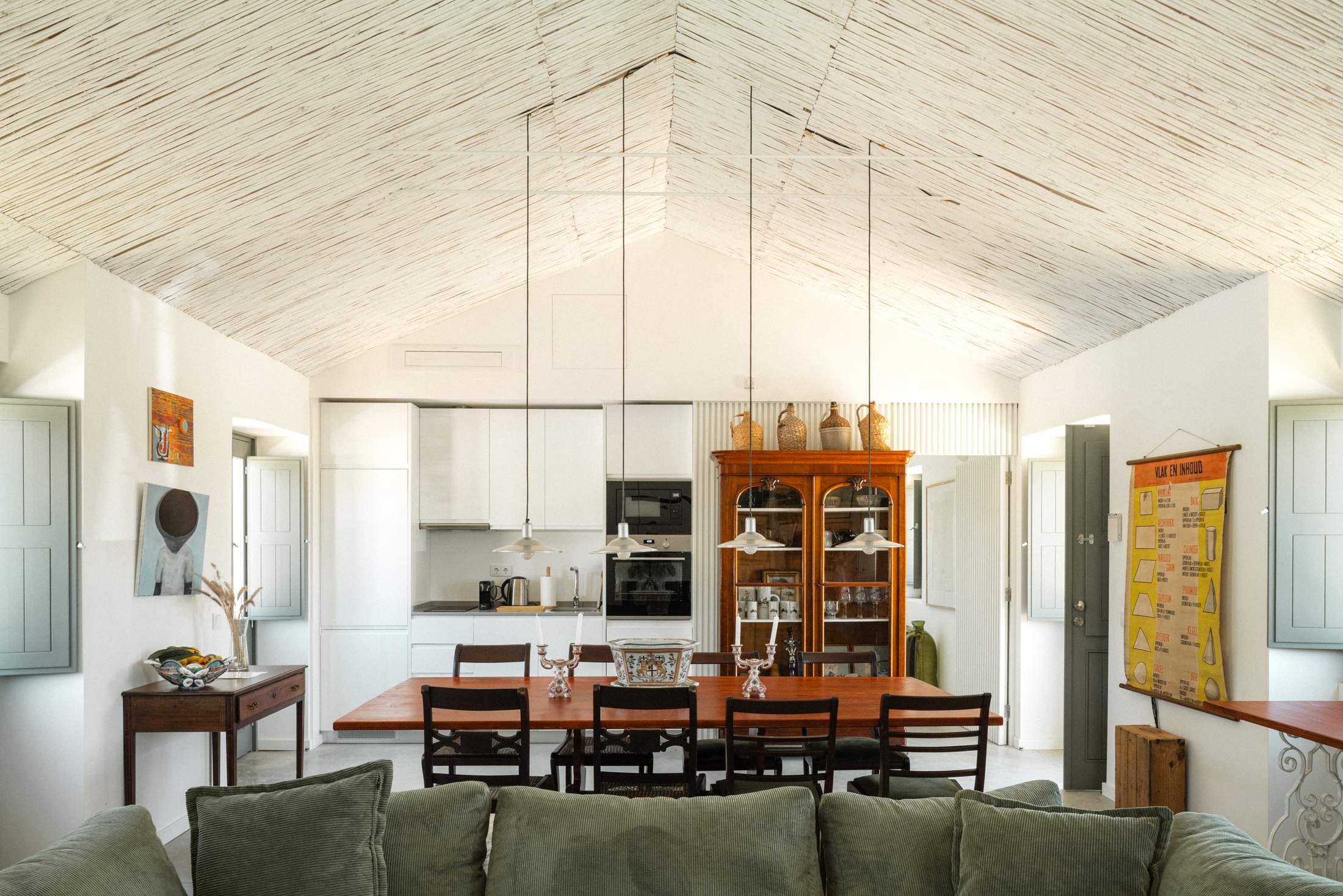
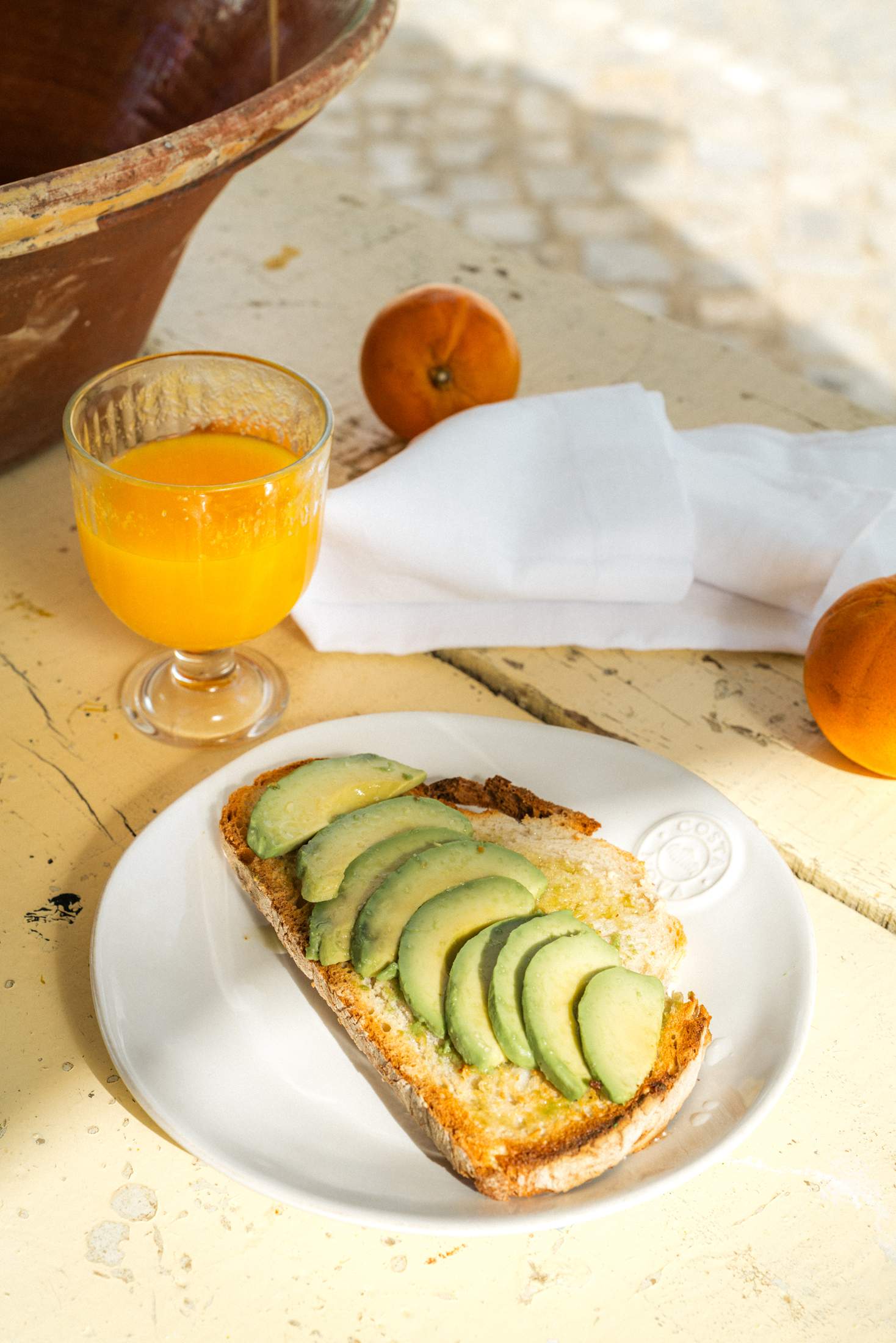

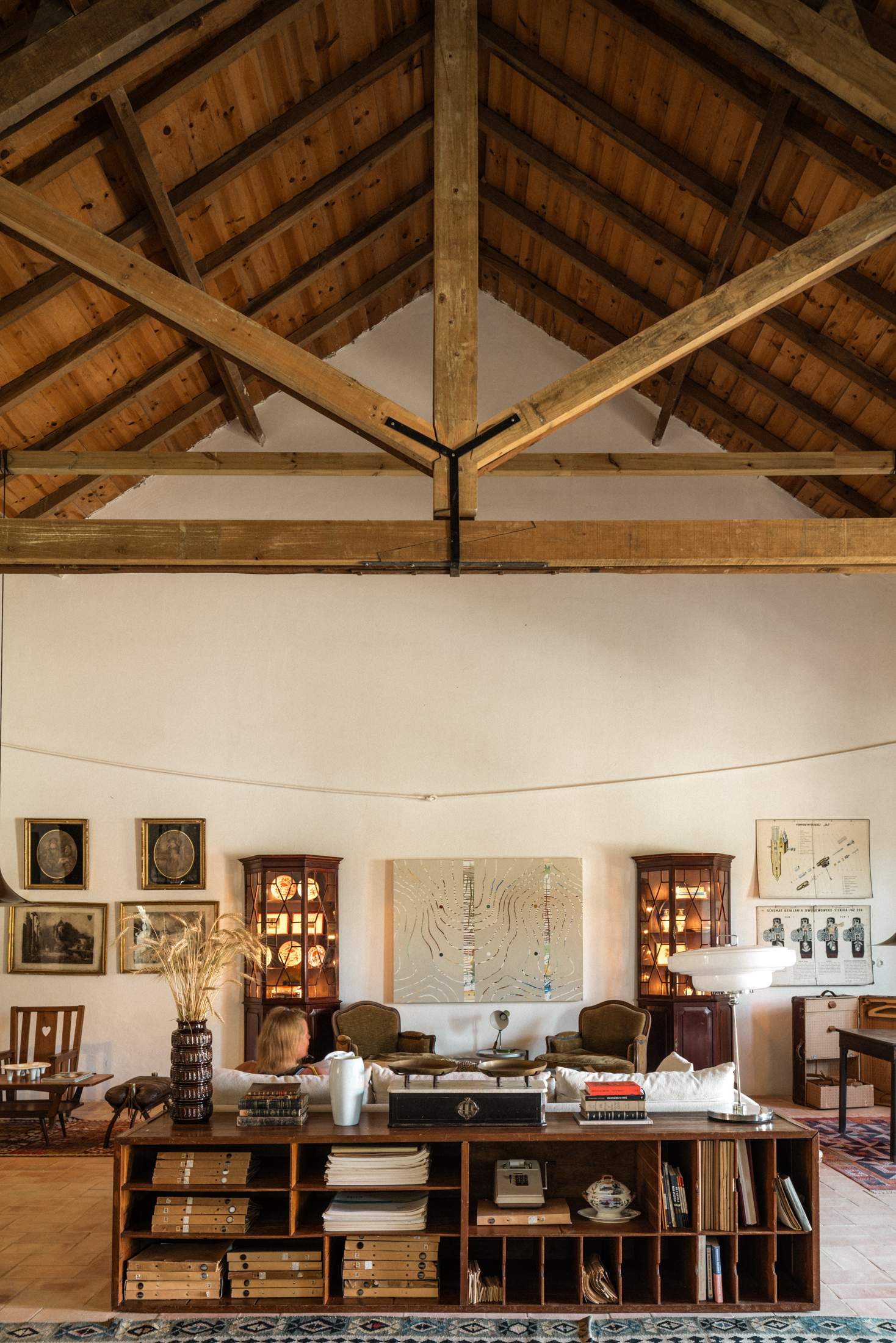
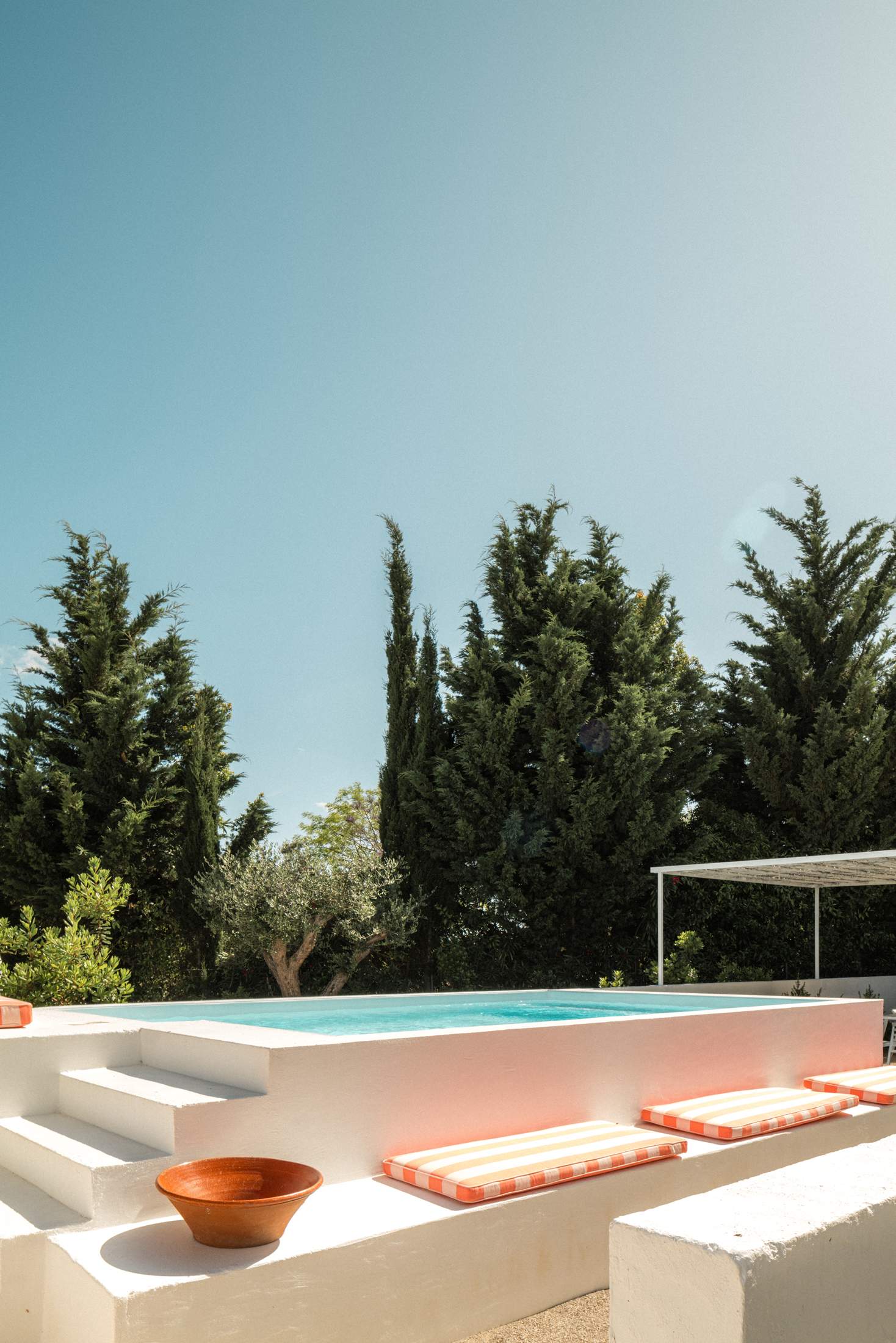
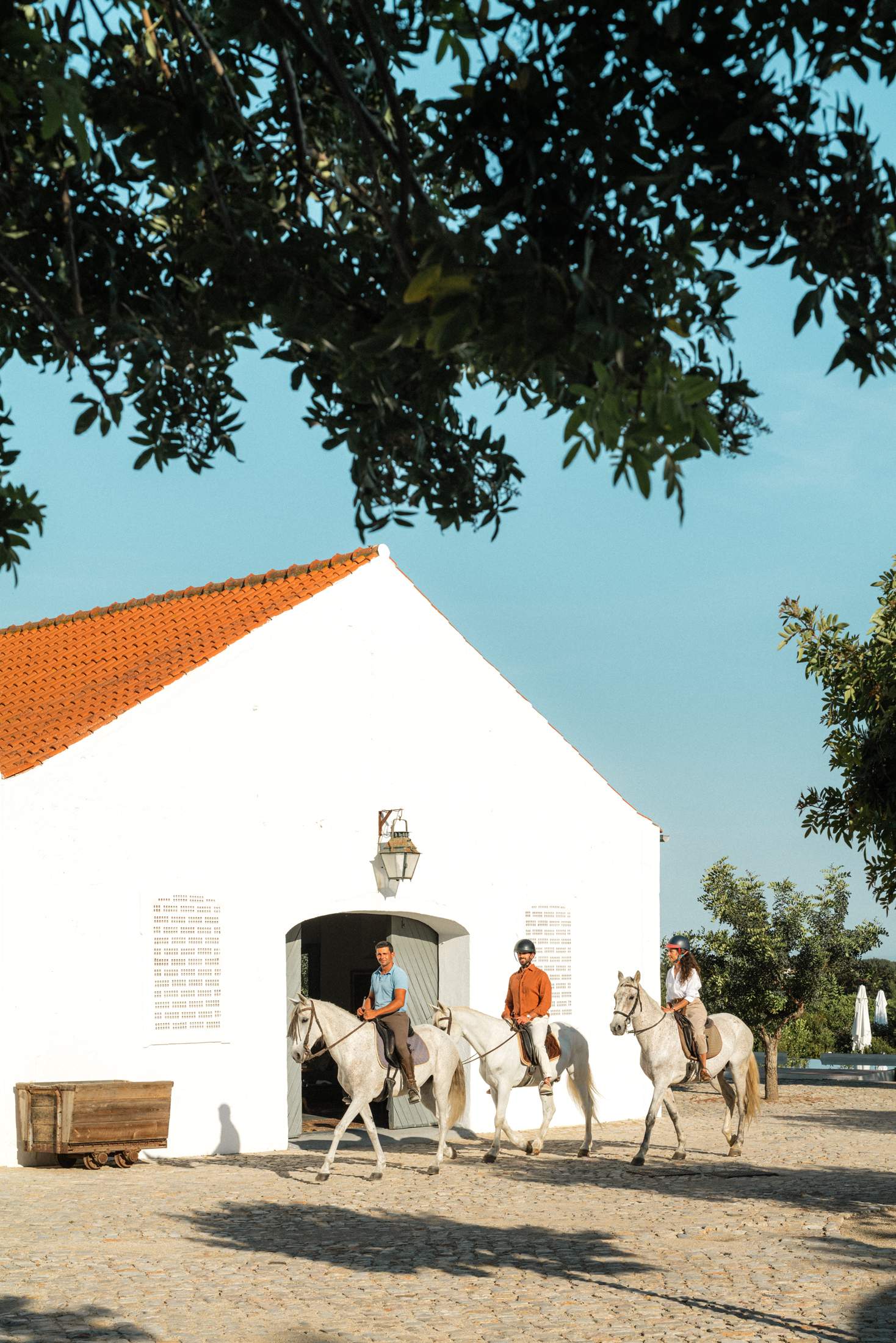
Those seeking privacy can opt to stay on the estate and sun themselves on loungers among blossoming flowers. To beat the heat, there’s a spartan stone pool, formerly the site where workers laundered their clothes. Close by is a circular threshing floor where grain was separated from chaff at harvest time. “Everything has been done to ensure that the original character of the site comes through so guests can envision how life was before,” says Brion.
Common areas such as the lobby are decorated with a mix of antique furniture procured from the homes of Brion’s parents and vintage shops (chairs next to the pool bar are mid-century finds previously used in Lisbon’s municipal offices). The reception has a table with stone countertop where workers in the 1950s would sort almonds. Inside a former warehouse, a breakfast room and lounge – complete with honesty bar, sofas and a billiards table – was erected.
The hotel offers two villas, each with a private pool and tastefully decorated interiors, aimed at families. Brion plans to renovate a further section of the estate’s buildings, including the stables, to double the number of guestrooms. “We haven’t included TVs in the rooms,” he says. “If it was up to me, I would make the phone service poor so that people could truly disconnect from their frenetic lives and enjoy the nature here.” — L
How to get here
Faro Airport: 45-minute drive
Seville Airport: One hour, 45 minutes
Lisbon: Two hours, 45 minutes
Address book
Noélia
This seafood restaurant in nearby Cabanas de Tavira, run by self-taught cook Noélia Jerónimo, keeps it simple with dishes focusing on locally caught fish and hand-picked ingredients.
Praia de Cacela Velha
This wide and picturesque beach sits below an 18th-century fort. It is part of the network of beaches, barrier islands and lagoons that make up Ria Formosa Natural Park.
Salmarim
In next door Castro Marim, owner Jorge Raiado operates a saltpan farm that harvests quality fleur de sel for use by leading Portuguese chefs.


